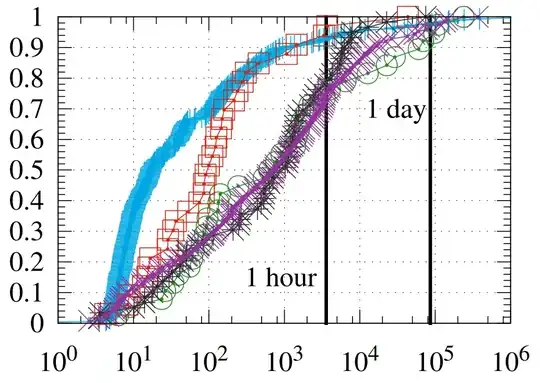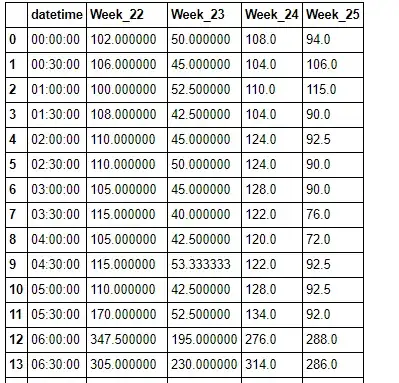I've been reading this very nice paper by Baltrunas et al. and I would like to have a distribution that looks as much as possible like the empirical data the authors found in the figure below:
I don't have access to the data and it doesn't have to be exact, so I've modeled the green, purple and black lines with a lognormal distribution (s=2, loc=0, scale=10^3) which looks like this:
However, I can't find a distribution that behaves like the blue line. The line looks like an exponential CDF pattern but the x axis is in log scale. Is there a known distribution which I can use as reference for this case?
Thanks in advance.

